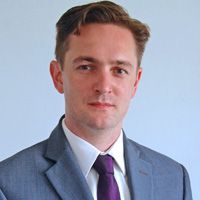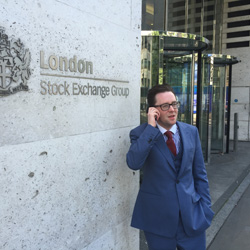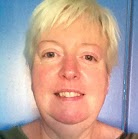George Soros’s ideas are enlightening for today’s investors in a time when we may well experience in the next few months moving from near-equilibrium to far-from-equilibrium in some industries, companies, economies and markets. This newsletter looks at the period when Soros was fine-tuning his ideas and putting them into practice, not least in betting against the pound and thereby making $1bn profit.
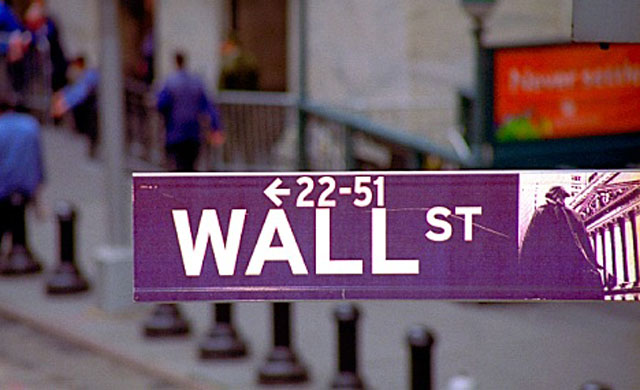
At 26 Soros arrived on Wall Street. He started in international arbitrage, buying securities in one country and selling them in another. There was much American interest in European securities following the formation of the European Common Market and Soros was engaged in trading these as well as acting as security analyst and salesman.
Soros had a five-year plan. He would work hard on Wall Street, save $500,000, and then return to the UK to pursue his philosophical studies. He was put to work trading European gold and oil shares. This business was given a terrific boost when the Suez crisis dislocated the movement of oil, causing oil stocks to become very active. He was able to use his London connections to obtain shares that could be offered to Americans.
He worked incredibly hard, unable to miss a day’s trading. He developed relationships with some of the leading finance houses and he became increasingly confident, as he made deals with the likes of Morgan Stanley and Warburg. He was well ahead of his five-year plan.
By the end of 1959 he had married (to Annalise Witschak) and, feeling restless at Mayer, decided to move to a much larger and richer firm, Wertheim & Co. At that time European company accounts were opaque, much more so than for US companies. Soros had to estimate true value rather like a detective piecing together scraps of information, such as tax returns.
His language skills (speaking good German, French, English as well as Hungarian) permitted him to interview senior managers and gain superior knowledge relative to other European security analysts in New York. He was a path-breaker, being the first to discover a number of companies that went on to great success including Dresdner Bank, Allianz and a some pharmaceutical companies.
One of the strengths he discovered in himself was a capacity for self-criticism. He admits that he has made as many mistakes as any investor, but his self-critical posture allowed him to discover them quicker than most and to correct them before too much damage was caused.
Soros became a bold, even arrogant, person at work, but he remained shy of telling people about his passion for philosophy – he would regularly work evenings and weekends at his philosophical ideas, trying to connect his view of fallibility with historical developments.
Losing European trade and a hedge fund
Following a disagreement with a superior, Soros left Wertheim to join Arnhold & S. Bleichroeder in 1963. He was hired as a broker and asset manager, focused on global research and trading. Unfortunately, that year President Kennedy introduced a tax which effectively imposed a 15 per cent surcharge on the purchase of foreign securities abroad. Suddenly, Soros’ main activity ground to a halt. For a while he was occupied with selling European securities back to the Europeans, but found himself with less and less to do.
Fortunately, his job was secure, so he switched his attention to philosophy, which he regarded as his main project for three years.
In 1966 he refocused on business. He wanted to learn about US securities so he set up a model account with $100,000 of the firm’s money. He divided the money into 16 parts. Each part was invested in a company’s shares he thought promising.
He wrote short memos explaining his reasons for purchase and followed up with monthly reports reviewing the portfolio and discussing developments. He was trying to get a handle on growth rates, risk and return, and how to maximize portfolio returns. Not only was he developing a new business, but also teach himself how to invest.
He was forced to emerge from his philosophy-writing vacuum and come into contact with the investment community. When he tested his investment ideas on a few investors he got a good response.
From the model account emerged a small investment fund called First Eagle Fund in 1967, with Soros serving as manager. The fund, established as a mutual fund, had $3m in capital.
This was followed by the Double Eagle Fund in 1969 ($4m of capital). Set up as a hedge fund, this allowed Soros more latitude in investment strategies and tools (e.g. selling short, use of leverage).
It was the Double Eagle Fund that allowed Soros to bridge his philosophical musings with investment practice. Here, h……………To read more subscribe to my premium newsletter Deep Value Shares – click here http://newsletters.advfn.com/deepvalueshares/subscribe-1

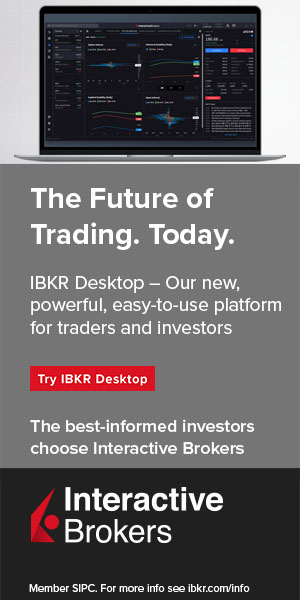
 Hot Features
Hot Features








